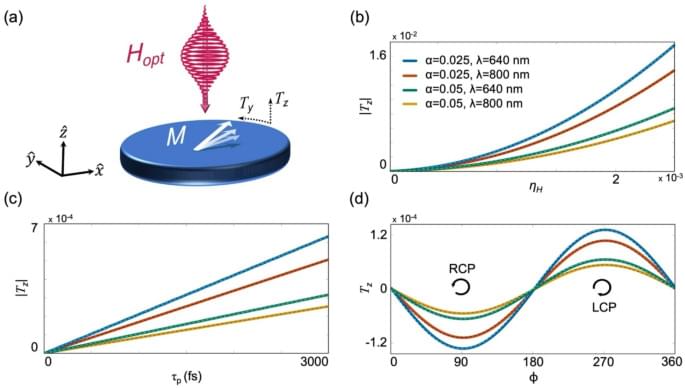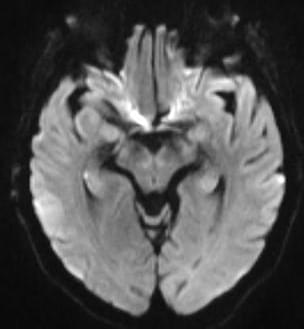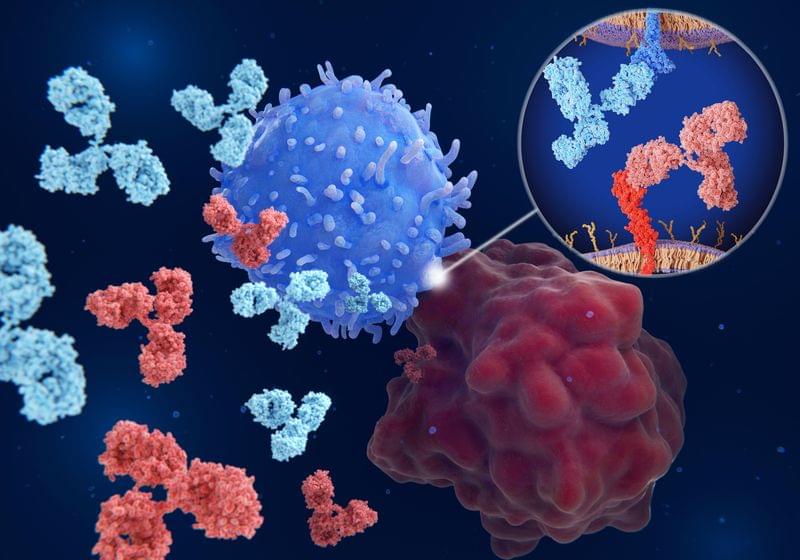Scientific Reports volume 15, Article number: 39,566 (2025) Cite this article.


Scientific Reports volume 15, Article number: 39,566 (2025) Cite this article.





“We are expecting that when Rubin obtains very deep imaging of galaxies, we will see them surrounded by a faint network of stellar streams,” Romanowsky concluded. “The discovery of the stream shows the excellent characteristics of Rubin for making such observations, and points to a rich future of similar discoveries as vast areas of the sky are mapped out.”
The team’s research is available on the paper repository site arXiv.
Stratolaunch hypersonic-capable TA-3 appears in mission listed on FAA operations advisory.
Biologist Michael Levin—creator of the world’s first living robots—reveals a radical, evidence-based view of evolution driven by a fundamental mind, where agency emerges in unexpected places and what this means for humanity’s co-evolution with AI and AGI.
▶️ Read the article on Forbes.com \.
